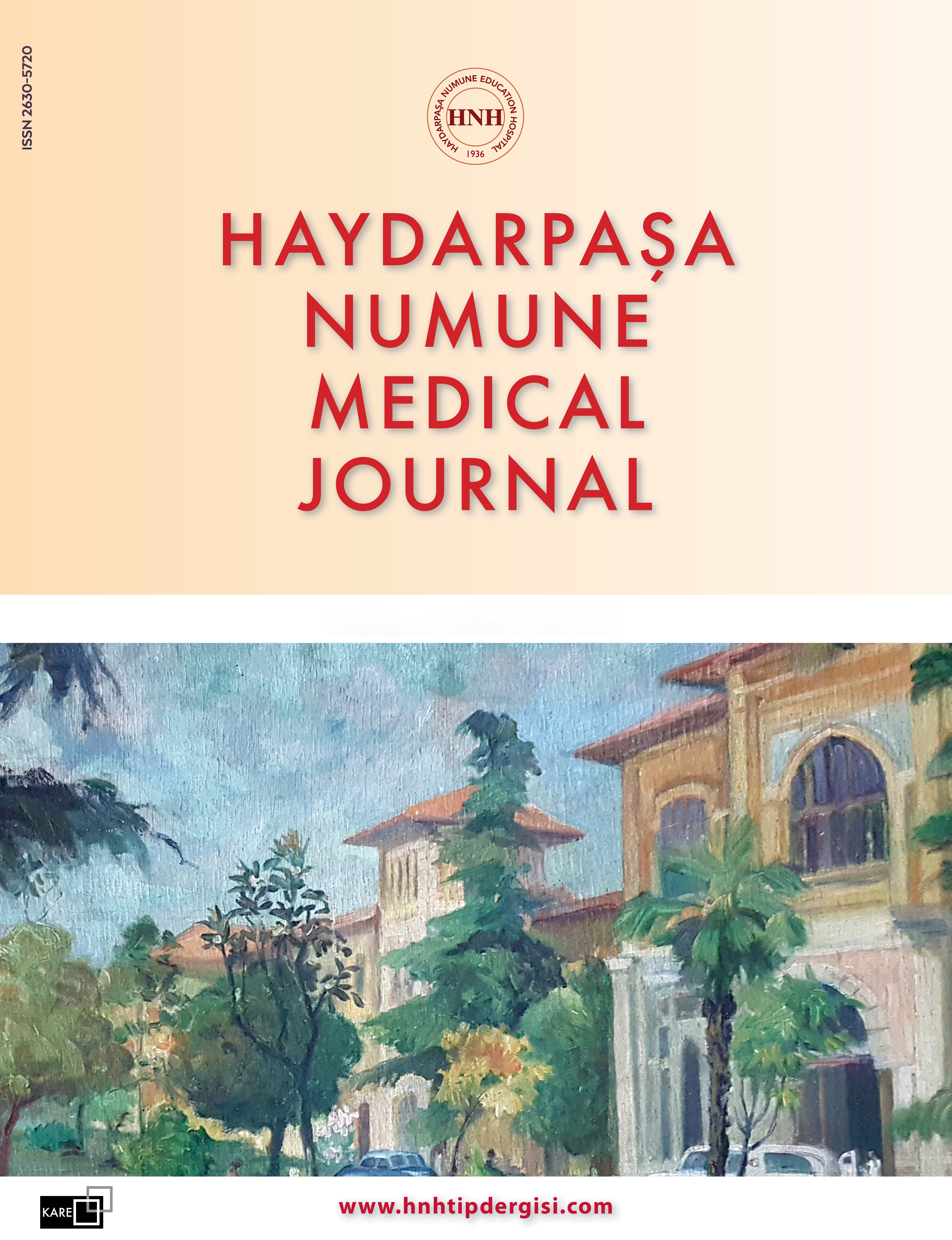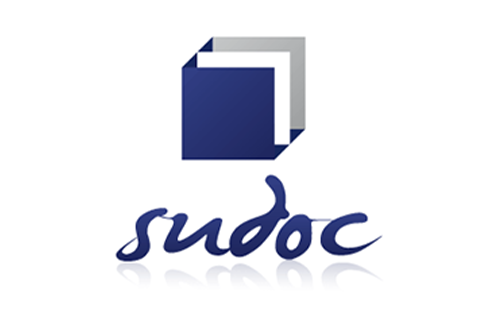Dört Yıllık Retrospektif Veri ile Üretral Akıntı Yakınması Olan Hastalarda Neisseria gonorrhoeae Kültür Sonuçları ve Antibiyotik Kullanımının Değerlendirilmesi
Halime Araz1, Aysel Kocagül Çelikbaş2, Ipek Mumcuoglu3, Yılmaz Aslan4, Adalet Altunsoy5, Aliye Bastug5, Altug Tuncel61Sağlık Bakanlığı Ankara Bilkent Şehir Hastanesi, Enfeksiyon Hastalıkları Ve Klinik Mikrobiyoloji Kliniği, Ankara, Türkiye2Hitit Üniversitesi, Tıp Fakültesi, Enfeksiyon Hastalıkları Ve Klinik Mikrobiyoloji Anabilim Dalı, Çorum, Türkiye
3Sağlık Bilimleri Üniversitesi, Gülhane Tıp Fakültesi, Dr. Abdurrahman Yurtaslan Ankara Onkoloji Eğitim Ve Araştırma Hastanesi, Tıbbi Mikrobiyoloji, Ankara, Türkiye
4Üsküdar Üniversitesi, Tıp Fakültesi, Medicana Ataköy Hastanesi, Üroloji Kliniği, İstanbul, Türkiye
5Sağlık Bilimleri Üniversitesi, Gülhane Tıp Fakültesi, Ankara Bilkent Şehir Hastanesi, Enfeksiyon Hastalıkları Ve Klinik Mikrobiyoloji Kliniği, Ankara, Türkiye
6Ankara Güven Hastanesi Üroloji Kliniği, Ankara, Türkiye
GİRİŞ ve AMAÇ: Amaç: Bu çalışmada, üretral akıntı şikâyeti ile başvuran hastalarda Neisseria gonorrhoeae (N. gonorrhoeae) enfeksiyonunun mikrobiyolojik tanı sonuçlarının değerlendirilmesi, ampirik antibiyotik kullanımının sıklığı ve güncel rehberlere uygunluğu incelenmiştir.
YÖNTEM ve GEREÇLER: Haziran 2014 - Şubat 2018 tarihleri arasında Ankara Numune Eğitim ve Araştırma Hastanesi Enfeksiyon Hastalıkları, Üroloji ve Kadın Doğum polikliniklerinden gonokok enfeksiyonu şüphesiyle başvuran toplam 387 hasta retrospektif olarak değerlendirildi. Hastaların demografik özellikleri, mikroskopi ve kültür sonuçları, uygulanan tedavi protokolleri ve antibiyotik seçimleri hastane bilgi yönetim sistemi üzerinden incelendi. İstatistiksel değerlendirmelerde ki-kare testi kullanılarak p<0,05 anlamlı kabul edildi.
BULGULAR: Çalışmaya alınan 387 hastanın yaş ortalaması 32,6±10,8 yıl idi; hastaların %99,9'u (n=386) erkek, %0,1'i (n=1) kadın idi. Hastaların %73,9u (n=286) Üroloji, %26,1i (n=101) ise Enfeksiyon Hastalıkları polikliniklerinden gönderilmiştir. N. gonorrhoeae üreme oranı %13,7 (n=53) olarak bulunmuştur. Ampirik antibiyotik tedavisi başlanan 79 hastanın 9unda (%11,4), başlanmayan 308 hastanın ise 44ünde (%14,3) gonokok üremesi saptanmıştır (p>0,05). Toplam 341 (%88,1) hastaya kültür sonuçlarına göre antibiyotik reçete edilmiş olup en sık tercih edilen rejim sefalosporin+doksisiklin+azitromisin (%19,1) kombinasyonudur. Gonokok üremesi olan 53 hastanın 51ine (%96,2) antibiyotik reçete edilirken, standart tedavi olarak önerilen sefalosporin+azitromisin rejimi sadece 4 hastaya (%7,5) verilmiştir.
TARTIŞMA ve SONUÇ: Çalışmamızda, gonokok enfeksiyonlarının tanısında kültür ve antibiyotik duyarlılık testlerinin yeterince kullanılmadığı, ampirik antibiyotik tedavilerinin rehberlere uyumunun düşük olduğu saptanmıştır. Gonore enfeksiyonlarının doğru ve etkin tedavisi için klinik farkındalığın artırılması ve güncel rehberlere uyumun güçlendirilmesi gerekmektedir.
Evaluation of Neisseria gonorrhoeae Culture Results and Antibiotic Usage in Patients Presenting with Urethral Discharge: Four-Year Retrospective Study
Halime Araz1, Aysel Kocagül Çelikbaş2, Ipek Mumcuoglu3, Yılmaz Aslan4, Adalet Altunsoy5, Aliye Bastug5, Altug Tuncel61Ministry Of Health Ankara Bilkent City Hospital, Department Of Infectious Diseases And Clinical Microbiology, Ankara, Turkey2Hitit University, Faculty Of Medicine, Department Of Infectious Diseases And Clinical Microbiology, Çorum, Turkey
3Health Sciences University, Gülhane Medical Faculty, Dr. Abdurrahman Yurtaslan Ankara Oncology Training And Research Hospital, Medical Microbiology, Ankara, Turkey,
4Üsküdar University, Faculty Of Medicine, Medicana Ataköy Hospital, Urology Clinic, Istanbul, Turkey
5Health Sciences University, Gülhane Medical Faculty, Ankara Bilkent City Hospital, Department Of Infectious Diseases And Clinical Microbiology, Ankara, Turkey
6Ankara Güven Hospital Urology Clinic, Ankara,turkey
INTRODUCTION: The aim of this study was to evaluate microbiological diagnostic results of Neisseria gonorrhoeae (N. gonorrhoeae) infections, assess the frequency of empirical antibiotic usage, and determine compliance with current treatment guidelines among patients presenting with urethral discharge.
METHODS: A retrospective analysis was conducted among 387 patients admitted with suspicion of gonococcal infection between June 2014 and February 2018 to the Departments of Infectious Diseases, Urology, and Gynecology at Ankara Numune Training and Research Hospital. Demographic characteristics, microscopy and culture results, treatment protocols, and antibiotic prescriptions were obtained from hospital information systems. Chi-square test was applied for statistical analysis, and p<0.05 was accepted as statistically significant.
RESULTS: A total of 387 patients with a mean age of 32.6±10.8 years were included; 99.9% (n=386) were male and 0.1% (n=1) were female. Among these patients, 73.9% (n=286) were referred from the Urology outpatient clinic, whereas 26.1% (n=101) were from Infectious Diseases. The overall isolation rate of N. gonorrhoeae was 13.7% (n=53). Among patients who received empirical antibiotic therapy (n=79), gonococcal culture positivity was 11.4% (n=9), whereas positivity was 14.3% (n=44) among those who did not receive empirical treatment (n=308) (p>0.05). Antibiotics were prescribed based on culture results to 88.1% (n=341) of patients. The most frequently prescribed antibiotic regimen was a combination of cephalosporin+doxycycline+azithromycin (19.1%). Among the 53 patients with gonococcal growth, antibiotics were prescribed to 96.2% (n=51), yet the recommended standard regimen of cephalosporin+azithromycin was administered to only 7.5% (n=4).
DISCUSSION AND CONCLUSION: This study revealed that culture and antimicrobial susceptibility testing were inadequately utilized in the diagnosis and management of gonococcal infections, and empirical antibiotic therapy had poor compliance with current guidelines. Increased clinical awareness and strict adherence to updated guidelines are required for the accurate diagnosis and effective treatment of gonococcal infections.
Makale Dili: İngilizce
















